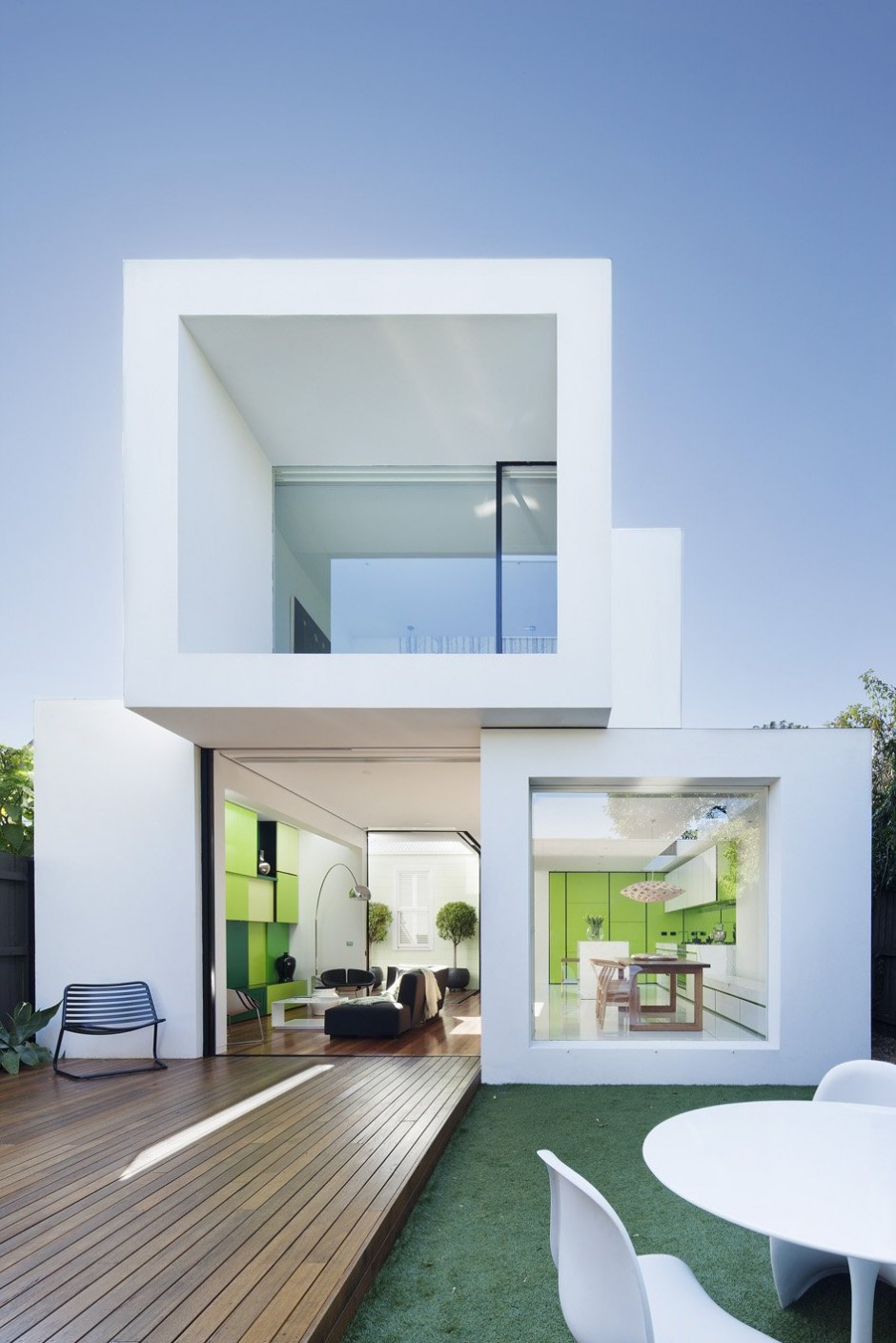Table Of Content

Arrange them in a set of three or amass a larger collection. “Rhipsalis offers a welcomed textural change, compared to the sometimes controlled look of other succulents,” says Heibel. A smaller version of oversized tropical leaves—it will only grow to be about three to four feet—this textural plant is great for spaces with less light, says De Give. No matter what the weather looks like outside, a cactus will make you feel like you’re in a desert oasis at home. “Not only is it easy to care for, but with its upright sculptural nature, this architectural oddity always makes a large statement,” says Heibel. To balance it out, rotate the plant so it’s tilting away from the sun and then it will tilt back.
Best Houseplants for Beginners
Sedum morganianum, also known as the donkey tail or burro's tail, is a succulent plant known for its long, trailing stems with triangular-shaped, rounded, blue-green leaves. Resembling the bushy tail of a donkey, this resilient houseplant prefers bright, direct light and dry soil. Unlike the other houseplants on this list, air plants are epiphytes, which means they don't need soil to survive! Air plants look great in hanging macrame planters, glass capsules, and terrariums for a modern look. Provide these low-maintenance plants with bright light and a 30-minute soak in room temperature water once a week for optimum results. Naturally found in rainforests, this plant needs indirect sunlight, humid temperatures, and water to grow.
These popular houseplants may help refresh the air in your home.
That’s why the experts at the Good Housekeeping Institute look year-round for the best mosquito repellents and bug sprays. Our latest round-up includes newcomers to the market with unique formulations, as well as old reliables that continue to do the job. While there’s no one-size-fits-all solution for beating back the bugs, the following list will keep you covered for every scenario, all summer long. She also has a soft spot for feel-good TV, so you can catch her writing about popular shows like Virgin River, Sweet Magnolias, Hallmark Channel’s When Calls the Heart and more. While reds and pinks are the most popular bromeliads, yellows or oranges might work better for your space. The red prayer plant comes with an understated terracotta-colored pot made of 80% recycled plastic.
These Low-Maintenance Plants That Sprout Little Spider Babies
Place it out of reach if your furry friends like to chew on your plants. Tend to kill any flowers your friends buy you within a couple of days? Meet the snake plant, a perfect option for plant parent newbies. You’ll feel like you’re in your very own tropical paradise when you buy a Parlor Palm. And since you only need to water it once every couple of weeks, you can easily take care of it in between flights out to the tropics. When it comes to watering, your plant's schedule will depend on the conditions of the home—but every seven to 10 days is a safe bet, per Lalicata.
17 Best Indoor Flowering Plants That Bloom All Year - House Beautiful
17 Best Indoor Flowering Plants That Bloom All Year.
Posted: Wed, 25 Oct 2023 07:00:00 GMT [source]
Keep in mind that the soil must be dry to the touch in-between waterings. For optimal growth, plant your Kalanchoe in ordinary potting soil and feed it with liquid fertilizer twice a week in the summer. The lush foliage of this plant (Phlebodium aureum) prefers medium to bright indirect light, plenty of mist and humidity, and occasional watering. Because its full, feather-like leaves get longer as they grow, it looks best in a hanging planter. "Snake plants are very low maintenance and also release oxygen at night, so it could be a good bedroom plant," Lalicata says. They're also super adaptable when it comes to lighting conditions.
28 Best Air-Purifying Plants For The Home - Country Living UK
28 Best Air-Purifying Plants For The Home.
Posted: Wed, 31 Jan 2024 08:00:00 GMT [source]
To care for peace lilies, you’ll want to water once a week or so. However, if you forget, the plant will wilt dramatically to let you know it’s thirsty and perk right back up again after. It can tolerate low-light environments, but you’re more likely to get those lovely white blooms if it’s in medium to bright indirect light. The ideal place for them to grow happy and healthy would be near a window with sheer curtains, as they love warm temperatures and bright, indirect sunlight. Water your rubber plants once or twice a month and they will be just fine.
Peace Lilies
Succulents and cacti “thrive on little to no care,” Cromer says. These plants are drought-resistant, meaning they don’t need regular watering; only just when the soil is completely dry. They also come in many shapes and sizes to decorate your space and can help clean the air. Some varieties, including the jade plant, can increase humidity in a room.
More Information on Low-Light Indoor Plants
IYKYK, air plants can live just about anywhere that has good lighting and a bit of humidity, and are great if you don’t want to deal with soil or pots. In addition to being low maintenance, this succulent is pet-friendly, removes common air pollutants like formaldehyde and benzene, and is drought tolerant. "It doesn't require a lot of watering or super high humidity," Lalicata notes. Bright begonia will surely welcome your guests with its colorful leaves and beautiful flowers. They love the sun, so place away from the shaded portion of your porch.
After blooms fade, allow the plant to go dormant by withholding water. This cute little plant has triangular, clover-like purple leaves that fold down at night or in dim light conditions. An almost constant show of pale pink or white blooms goes on above the foliage. You can also find oxalis varieties that have plain green foliage with and without silvery accents. If you have experience keeping indoor plants alive (congrats!), it may be time to add a peace lily to your houseplant mix.
Known for their thick, attractive, glossy leaves, they come in a variety of types, but our favourite is the dark and dramatic 'Abidjan'. Care tips The issue some people have with this plant is that if overwatered, combined with being placed in the shade, it will succumb to root rot and die. Allow the soil to dry out between watering and you should be fine. Unfortunately it’s so lovely that you’ll be loathe to snap bits off to get to the healing gel inside, with its plush green serrated fronds, delicate variegation and serrated shape. If you’re lucky, you may get a tubular yellow-green flower in the summer, but that foliage is lovely enough by itself. This variety of palm is slow-growing, so it's worth buying a larger specimen if you have room to accommodate it.
It does best in bright, indirect sunlight and it's the perfect size for a window sill, end table or plant stand. Also known as Pilea Peperomioides, the low-maintenance plant is a popular Feng Shui plant as it's widely known to bring luck and positivity. A very undemanding plant, it will merrily thrive in a shady spot as well as indirect light and is happy to be root bound, reducing the need for regular repotting.
Start by purchasing a few garlic bulbs with small cloves, and don’t be afraid to buy a shattered bulb (i.e., one that’s started to burst or is fully pulled apart). When plants bloom, tap the main stem and larger side branches with your finger — this will help to encourage pollination. For best flavor, harvest mandarins as soon as they turn orange. When they reach their telltale color, clip or carefully twist and pull the fruit from the tree, making sure that the “button” at the top of the fruit remains intact.
These tropical ornamental plants they are pretty adaptable to indoor conditions that many other houseplants cannot withstand. Keep the plants evenly watered (i.e., don’t let the soil get too dry before watering) and in full sun. They also require a sunny location (rotate the plant regularly to ensure that it receives light evenly on all sides). Water regularly, allowing the soil to dry out slightly between waterings. Jade plants are a part of the succulent crew and have shiny, rubbery leaves. This also means they retain water in their leaves and are independent as heck.
This one might look a bit familiar to you, especially if you're familiar with the ficus lyrata, also known as the fiddle-leaf fig. There's the 'Dragon Scale' alocasia with its almost turtle-like design, the 'Gray Dragon' with its silvery hue, and the 'Purple Sword' with its narrow, deep green leaves. All are worthy of any plant collection, says Benjamin Futa, CEO of The Botany Shop. There are hundreds of different types of cacti and succulents, but most of them require the same type of care. But if you can meet the light and water requirements, you'll have a gorgeous tree to showcase in your home. It's also a plant that doesn't require much sunlight, so it's great for offices or darker rooms.
They are extremely tolerant of drought, but they need regular watering until they get used to a new environment. Like all essential oil plants, lavender plants thrive in poor, well-draining soil. Add a layer of compost when planting lavender and keep the plant away from fertilizers and organic matter. More and more plant lovers are adding Pilea Peperomioides to their collection. Pilea plants are very easy to grow, making them an excellent choice for any type of gardener.
If you think nothing can surprise you when it comes to ornamental house plants, just take a look at red prayer plants. During the day, their leaves stay completely flat, and at night they fold like praying hands. Moreover, their pleasant-looking foliage is a colorful mix of green, red, and yellow.




















